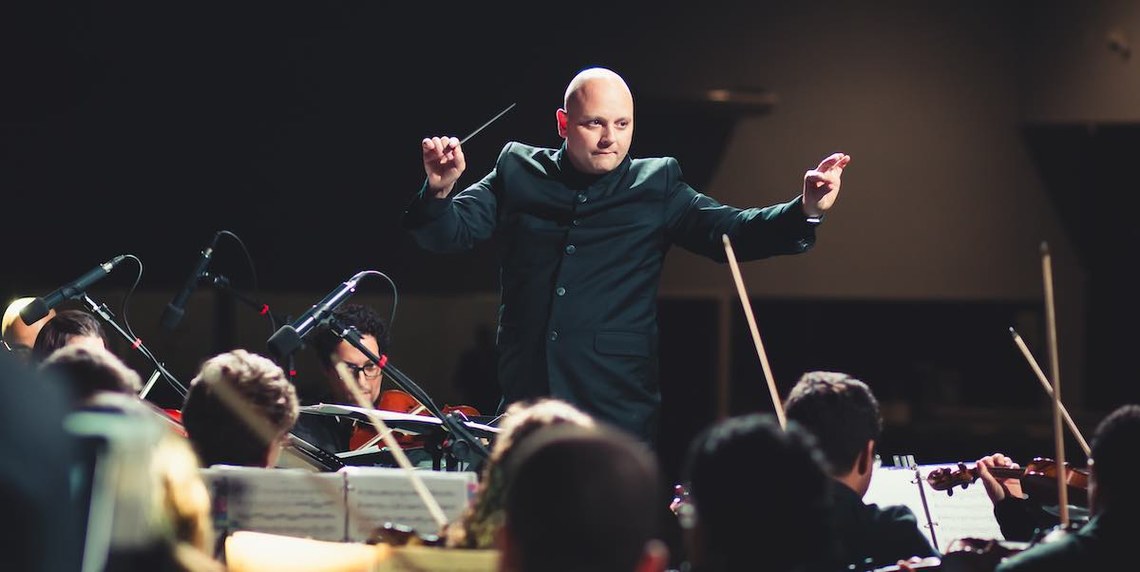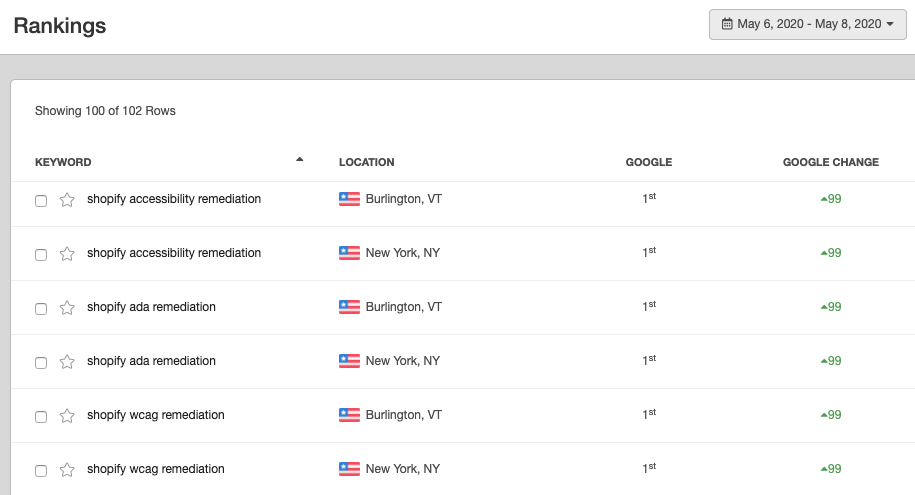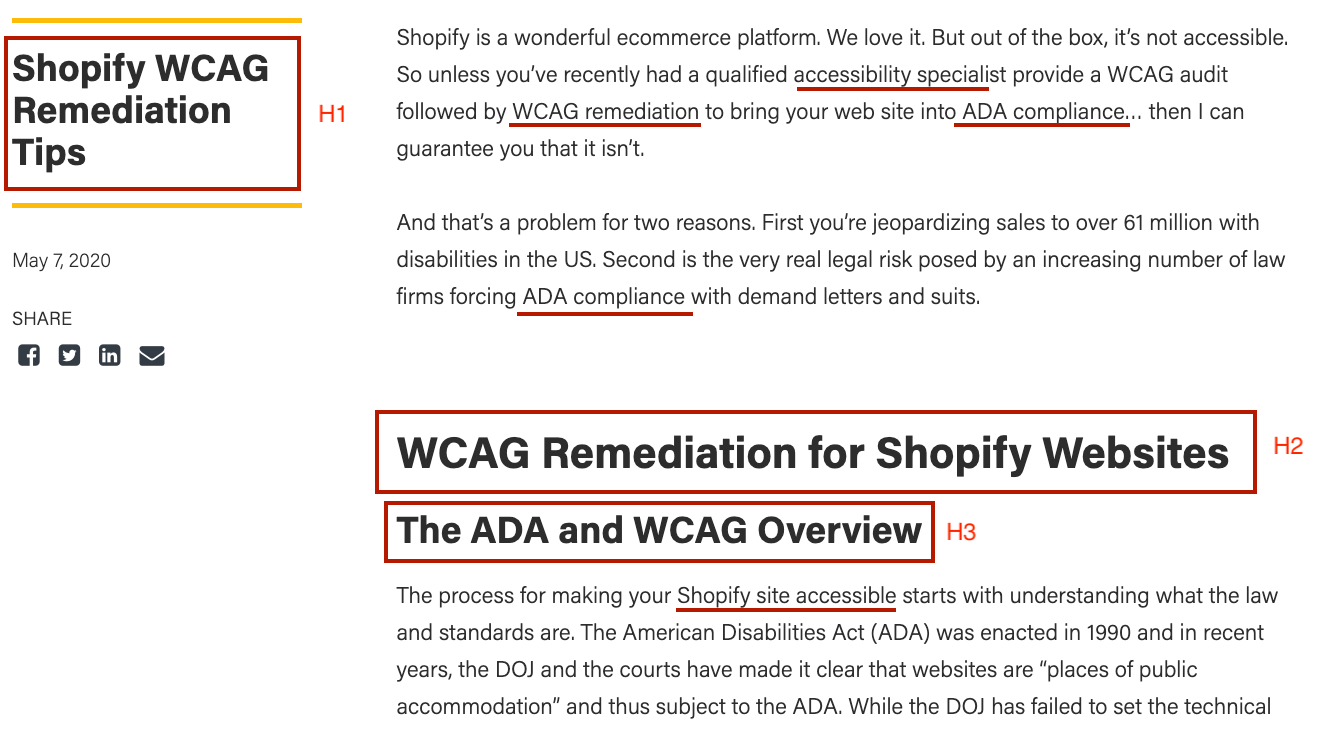
SEO Case Study: How One Blog Post Reached #1
David Gibson
Search engines love blog content. It tends to be fresh, topical, and timely. And for SEO marketers that need to suddenly cut back their paid search and other advertising, now is a perfect time to fine tune your SEO blogging strategy.
Consider that now during the pandemic you may be able to solicit help from your orchestra. Many in your company may be stuck at home with less work on their plates. When you’re designing your editorial schedule, consider who within your organization you can tap for help authoring, fact-checking, or proofing.
Case Study: SEO Impact of a Single Blog
A few weeks ago, I decided that I wanted our website to rank well for “Shopify” plus various “website accessibility remediation” terms. I wrote this one blog post.
Before I published the post, we were unlisted. Within 3 days we ranked #1.

As you can see, we not only ranked #1 locally here in Burlington VT, we also ranked #1 in New York City. New York is seeing some of the highest incidents of web-related ADA cases in the US.
SEO Blog Strategy
My approach started with identifying the terms I wanted to rank for.
shopify, remediation, ecommerce, online retailers, ada, wcag, accessibility, compliance, auditing, manual, experts, consultants, providers, companies, specialists
On-Page Search Engine Optimization
I wrote my blog title first. The page title is one of the strongest signals to address. Keep under 70 characters. This is 66 characters.![]()
Optimized Headings
Page headlines or “headings” are also key. Headings provide structure for the reader and indicate what the following body copy is about. Hence a good signal for search engines. Headings are hierarchical starting with the top heading <h1>, and descending rarely beyond <h4>. For the H1 to have maximum weight, don’t dilute it by using more than one or two on a page.
When writing my headings I make sure my H1, H2s and page content included my targeted terms but written in natural language.

In terms of word-count, this came in at about 1000. Some say word-count counts, and many say that Google likes deeper content. But others say it doesn’t. Those that believe it matters, say that under 300 is thin.
URL SEO Optimization
The url is weighed less than it once was, but still worth optimizing.
https://www.propellermediaworks.com/blog/shopify-wcag-ada-remediation-providers/
Image file names and alt tags
Here you can see both the file name for the image includes the terms. And I also made sure that my image alt tag balanced ADA requirements to describe the image itself but then I suggest that it’s metaphorical to the subject of the story to get my key terms in.
Conclusions
SEO is like an orchestra and no single element drives the success alone. When you start with a set of terms you want to rank for, and thoughtfully optimize every possible element, it’s surprising how effective a single blog post can be.
